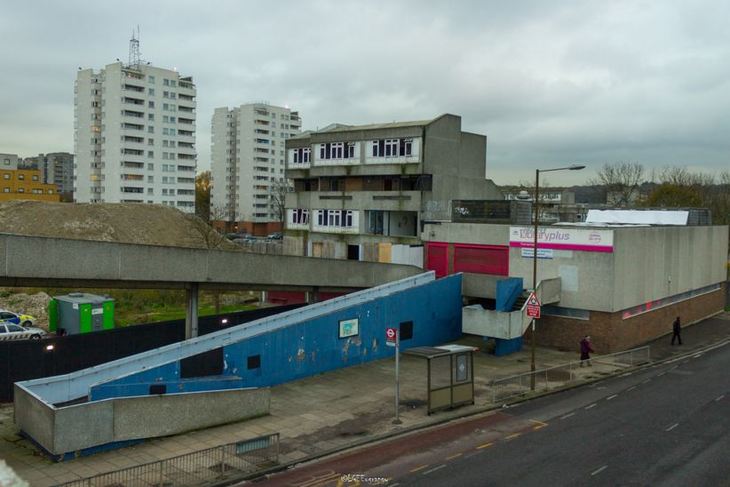
London's larger sites for potential development could deliver at least 100,000 new homes for Londoners. Yet development on this scale amounts to building several new towns within the M25. To make the most of these opportunities, you need the financing, skills and long-term vision that's demanded.
Centre for London's new report, Going Large: Making The Most of London's Big Sites, looks as the challenges involved in bringing these sites forward and at why the current housebuilding model is struggling to build them at the speed that London's housing crisis demands — or with the quality that distinguishes successful neighbourhoods from soulless suburban estates.
The report, supported by Peabody, the housing association which has taken on responsibility for Thamesmead, argues for better partnership working between boroughs, developers, housing associations and builders. Improving these partnerships will help us build faster and better, and make the sectors share in the risks and rewards over the long term.
Central to this is the concept of 'place-making'. London's large brownfield sites are undeveloped for a reason; they lack transport and other infrastructure, and feel remote from the arteries of urban life. Transport connections are probably the most important constraint on undeveloped sites; without transport you can't bring life to a new neighbourhood. Transport investment will pay off, but only in the long term. You need investors, like pension funds and potentially public bodies, with the patience to wait for those returns.

Big sites like Thamesmead, Barking Riverside, or Old Oak Common cannot just absorb character from their neighbours; they need their own identity. They need to plan for all the things — parks, street markets, workshops, shops, places of worship, pubs — that give London's myriad districts their character.
Development may take years if not decades, but it needs to start with a clear blueprint, the bones of a new place from which individual developers can grow new neighbourhoods. The speed and sequence of delivery may change over time — large sites have to be resilient enough to cope with the ups and downs of economic and political cycles — but the basic structure should remain sound.
Sometimes, place-making requires an approach that puts long-term value over short-term returns. King's Cross is widely applauded as a highly successful mixed-use development; the developers held their nerve during the 2007/08 downturn, focusing on securing Central St Martins School of Art as an anchor tenant, rather than pursuing other deals that might have been more lucrative in the short term.
Holding your nerve in these circumstances requires vision, a long view and commercial nous. Centre for London's report recommends that local authorities take a more active role in bringing forward sites, and that the new Mayor of London makes it a priority to support them, and to step in where progress stalls.
Big sites are not the whole answer to London’s housing crisis, but they are in important part of the jigsaw — as well as an opportunity to create places that add to the richness and variety of London life.
By Richard Brown and Brell Wilson from Centre for London



